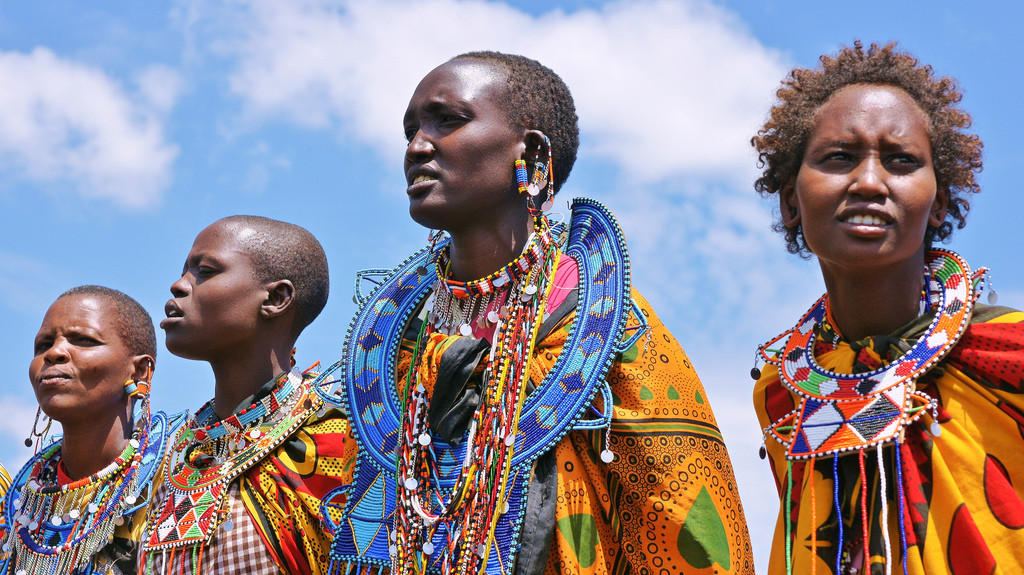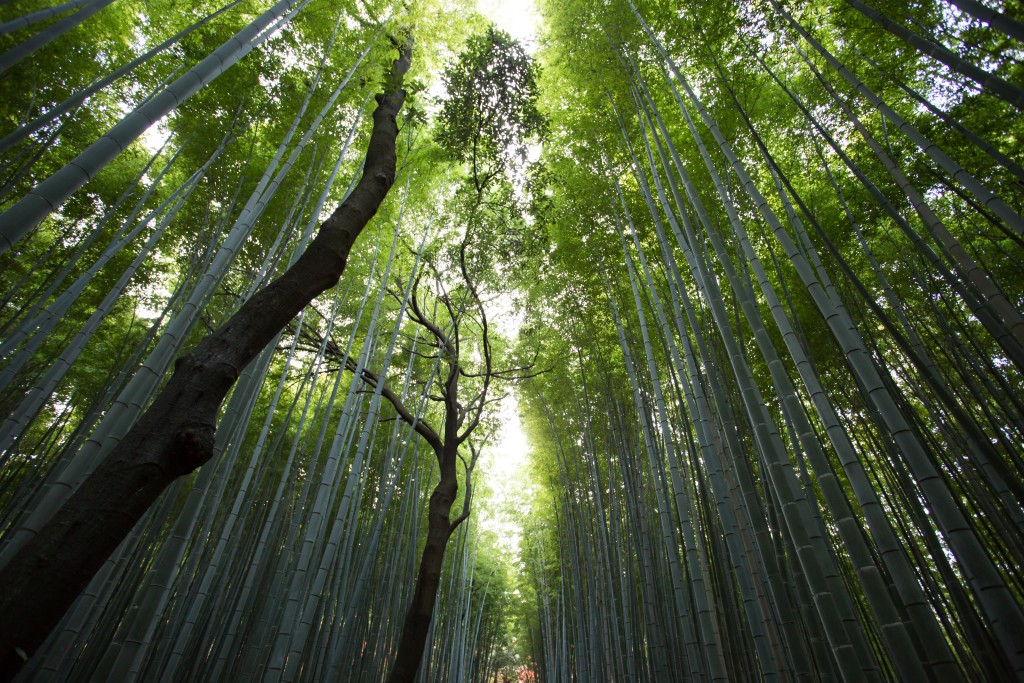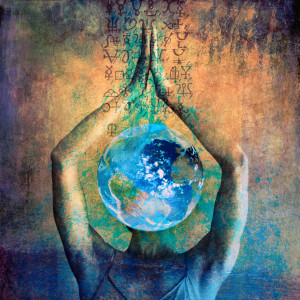Once upon a time, and a very long time ago at that, an ancestral ape climbed down from the trees, stood upright on two back legs and walked out of the forest. I often wonder why she did it. Perhaps it was an act of survival, a search for fresh water or tasty legumes. Did she hold a child in her arms? Did she use her hands to shield her eyes from the sun? Was it a matter of curiosity? Aesthetics? Ignorance? Was she afraid?
In the fall of 2011, I found myself camping on the outskirts of Tarangire National Park, located in the northeastern corner of Tanzania. To a born-and-raised Minnesotan, it was a landscape that felt about as far away from the forest as one can get, but it is exactly this corner of the globe where anthropologists speculate the earliest hominids traded the branch-gripping toes of a primate in the forest for two feet that walked and ran and danced and stood in the open savannah. The landscape of Northern Tanzania has changed since our primordial ancestors walked the earth, but at sites like Laetoli, these early footsteps and the stories they imply are still visible, preserved by a layer of volcanic ash for more than 3 million years.
I had gone to Tanzania to listen and learn stories—the stories of the Maasai tribe in particular. Over the course of six weeks, grandmothers, midwives, cattle-rich patriarchs, and college students told me stories from their tradition, usually in exchange for a story from my own and some sugar, tea, or beer I had tucked into my bag. 
As a nomadic herding tribe, Maasai stories circled around themes of cattle, shepherds, milk, and drought. I heard yarns about young girls disobeying their parents, the hyena and the hare causing mischief, young couples in love, warriors on quests. While language barriers and cultural customs left me in a near-permanent state of confusion, the stories of this place and these people were familiar. There are human experiences that are universal, archetypes we see again and again throughout the narratives of the world. Certain stories are so true and so important, they travel the surface of the world as orbs of light, passed through time and space upon the whispers of our ancient kin—long dead but not gone.
What surprised me, though, and what I never would have expected to hear in the open fields of Tarangire, was story after story about the forest. There were tales of young children stumbling past the treeline and getting lost; monsters that patrolled the paths and lived in caves; giant eagles among the thick-leaved trees and flying above the canopy. Again and again, stories of the Maasai ventured into the forest. As far as I could tell, though, in the settlements and pastures where we sat, there weren’t many trees.
Once, on a day so hot I thought I’d surely crumble to dust and disperse into nothingness, I sat among a group of women whose words had paused in the midst of their beading. We sat in the shade of the only acacia tree within 100 feet. My lips were salty with perspiration as I asked, “Where is the forest?”
“The forest is in the forest,” an old midwife explained. I figured the question, or the answer, had been lost in translation. “How do I get there?” I pressed. “It’s close,” she answered, “walk in any direction.” My head swiveled and I squinted my eyes toward the north, south, east, and west. Close? I could see for miles and there was no treeline in sight. I wondered about Maasai conceptions of time and distance. Perhaps that had been lost in translation, too.
At some point, my understanding of the forest changed in a way that was so subtle I hardly noticed. The forest became more than a geographical location. Despite the language barrier, I came to see that in these tall tales, the forest was a liminal space in addition to a geographical one. Beloved characters walked into the trees and came out different than before—if they returned at all. Societal boundaries faded just as the narrative’s sense of reality did. Extramarital sex, magical stones, elastic time, and blood-thirsty monsters commingled between the trees, a place where anything was possible and no character was safe.
The idea of the forest as an enchanted, mysterious place isn’t exactly a radical idea for us in the western world. The work of the Grimm brothers, Hans Christian Andersen, Charles Perrault, and Franz Xaver von Shönwerth has deeply informed our cultural imagination (not to mention our social hierarchies and political systems). Unfortunately for us as a culture, we’ve allowed these narratives to become almost entirely sanitized and streamlined, diminished into nothing more than “children’s stories” played out on a television screen. There are exceptions: J.K. Rowling’s wizarding world, DreamWorks’ “Shrek,” Gregory Maguire’s “Wicked,” ABC’s “Once Upon a Time.” Is it any surprise that these examples are so well loved? Fairy tales retold and re-imagined are able to capture the power of the ineffable in ways that dusty, archived, “original” collections never will. The magic is in the telling.
The Maasai usually tell stories when the sun goes down. Moonlight paints silver upon the open plains and the stars dance in their southern formations. Kids giggle with excitement. Adults share a knowing glance. It is said that a young girl, collecting firewood, loses her way in the woods. You can feel the energy of the group shift, no matter the language you speak. With each step she takes, the intensity of potential mounts into silent vibrations that knit these women, men, children, and wayward goats to their landscape and to their history. The forest is where we encounter the unknown. Between the trees there is danger, chaos, mystery, rebirth, freedom. It’s not about safety and it never was. It’s about creativity. The forest is fertile ground.
It’s been four years since I returned home from Tanzania. Certain names and places have faded from my memory, but not the faces, not the deep purple of the night sky, and not the stories. It all feels incredibly far away as I sit here, surrounded by rush-hour traffic, Facebook newsfeeds, and cascading emails.
 Tonight, I’m thinking back to that ancestral hominid who climbed down from the trees, and I wonder if it was her children who told these stories first. The distance between those early ancestors and modern Homo sapiens is staggering. But perhaps we are not as different as we think.
Tonight, I’m thinking back to that ancestral hominid who climbed down from the trees, and I wonder if it was her children who told these stories first. The distance between those early ancestors and modern Homo sapiens is staggering. But perhaps we are not as different as we think.
Whatever the distance, whatever the place, whatever the story, I hope you’ll pause to remember the forest. I hope you find a way to carve out time for the risky, the taboo, the exploration, the mystery, or something as simple as a walk through the woods. There is something to be found out past the treeline.
I can’t tell you what to do; I can only point at the stories told on every continent throughout the blanket of our history and marvel at the infinite wisdom our ancestors folded into the very backdrop:
Go to the forest—and tell us what happens.
Photos (top to bottom) by Jordan Sanchez from Unsplash, "Maasai people #5" by Roger Smith from Flickr (CC), Jason Ortego from Unsplash






